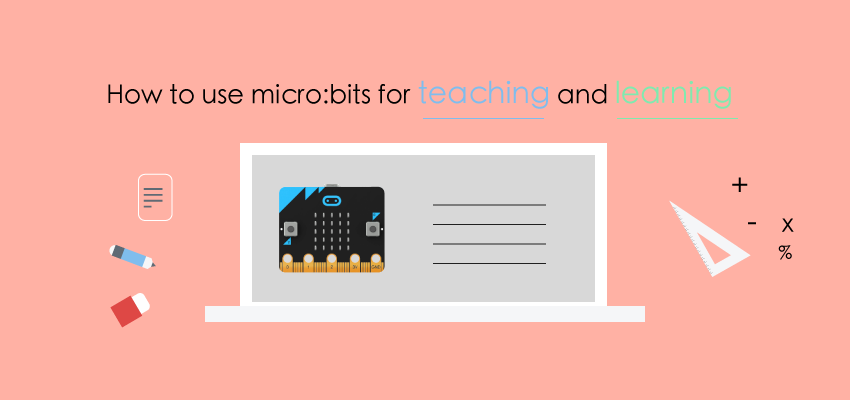😊New Customer Discounts😊All Order Get 5% Off.
Menu



In 2016 ???as part of the BBC’s Make it Digital initiative ???the micro:bit was given free to millions of pupils across the UK in a bid to address the growing skills shortage in our technology sector. It was hoped, that this ingenious little device would inspire digital creativity in a new generation of tech pioneers.
But just what is it?
Put simply, the BBC micro:bit is a pocket-sized, codeable computer packed with features. It boasts an ARM-built processor, a motion sensor, built-in compass, USB port, 25 LED lights, buttons, and Bluetooth technology. So, the micro:bit can be used to create all sorts of things.
Technologies are just another tool in the teachers box, but one that can be used in very innovative ways to inspire and educate children.
With endless possibilities when it comes to what it can be used for, the whole purpose of the micro:bit is to inspire higher levels of engagement and creativity in a new generation of young people.
Making learning with technology fun, the easy to use micro:bit encourages students to engage with STEM subjects, boosting their future employability.
The simplicity and versatility of the micro:bit makes it an easy, fun starting point for early years digital engagement. But the more you hack, the more you can do. So it’s also a powerful tool for more advanced coders, designers, artists, scientists, and engineers.
When it comes to the educational benefits of the micro:bit, its not always about programming. The device can also be used to instil computational thinking, enhanced learning, and problem-solving across disciplines. These skills are vital when it comes to giving students the tools they need to thrive in our emerging and complex economy,
Students learn best when they are immersed in learning, and this is achieved through interaction and application. With the micro:bit, pupils can get hands on and switch from being consumers of digital information to designers and creators. Such active learning also ensures that they retain information with greater ease.
A hands-on tool, the micro:bit is a fantastic way to use technology to create more multi-sensory classrooms based on communication, innovation, and collaboration skills.
With a lack of funds cited as one of the main reasons for insufficient technology in schools, a class set of micro:bits can be purchased for about the same price as a laptop. The micro:bit can also be used in conjunction with your existing kit, and to access free learning materials and programming environments on any internet-connected device.
Here are just some examples of how you can use the BBC Micro:bit in your lessons:
How are you using micro:bits in your classroom? Tell us on Twitter!
While the micro:bit is designed for educational use, to capitalise on its potential, many educators will need guidance on how to use it. In response, the Micro:bit Foundation offers a range of free cross-curricular teaching resources and support; including curriculum-linked lesson activities and step-by-step tutorials. Teacher training is also available.
This article comes from Promethean.
Stay up-to-date with our latest promotions,discounts,sales,and special offers.